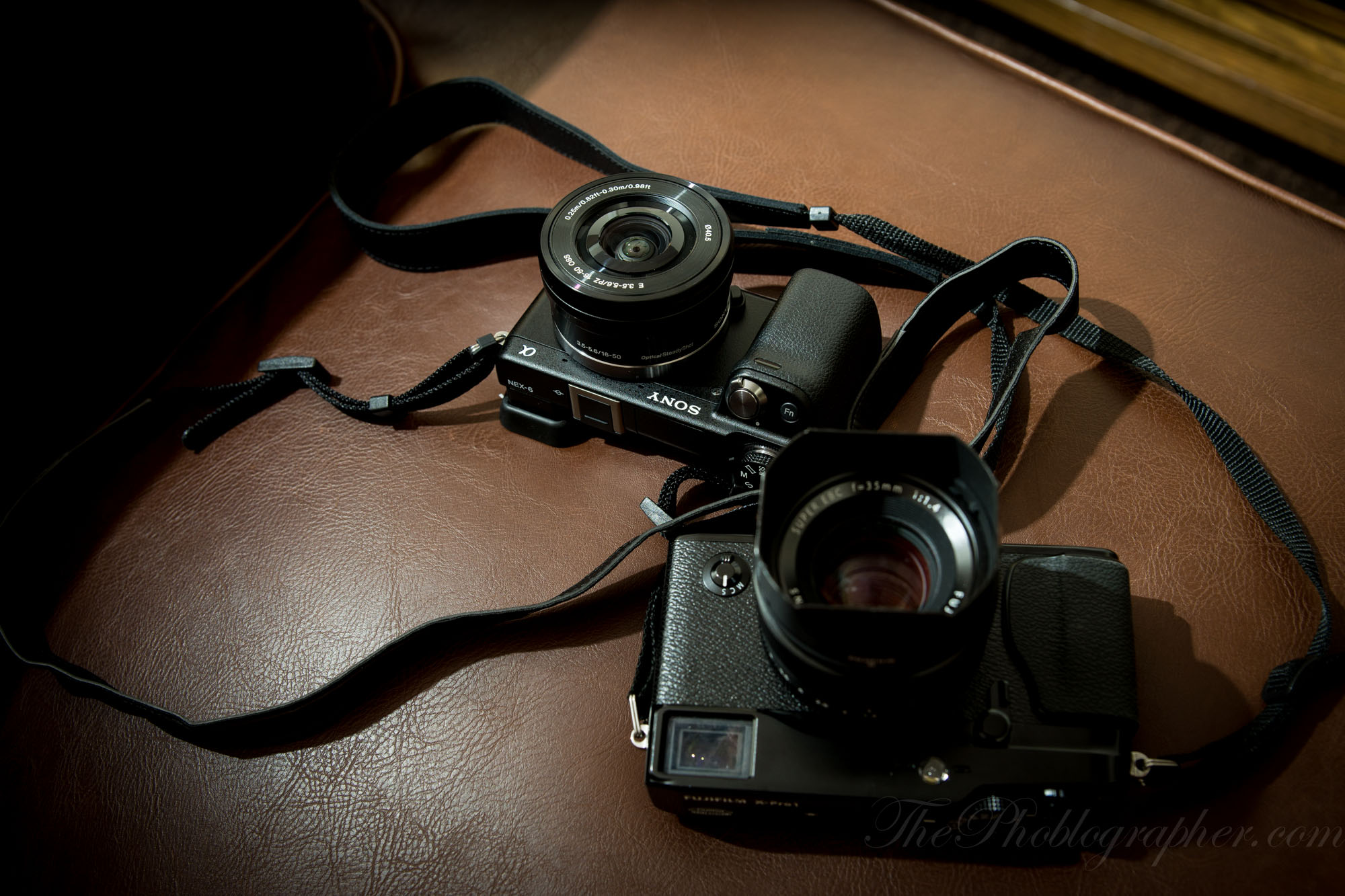Last Updated on 10/19/2012 by Chris Gampat
We previously put the Fujifilm X Pro 1 against the Sony NEX 6. As a clarification once again, the reason why we use the same exposure for each camera vs a, “Balanced” exposure is for you to get a feeling of the metering of the cameras in manual mode: which is something many users will do in order to acquire better images. In these exposures, you are also able to gauge just how the individual sensors perform.
In my tests and in my personal analysis with one of Sony’s reps, we both concluded that at the same exposures the X Pro 1 will retain more detail in the highlights but the NEX 6 will retain more information in the shadows. The histograms were about accurate but let’s be honest: if we made the histograms perfectly and totally alike, then there will be no differences between the images.
These images are an informal comparison of metering and image quality between the two cameras: In each set of images, each camera was set to the same exposure value in order to see how each camera will perform. The cameras photographed landscapes, and exposures in a situation like this are critical. No post production was done to these files besides sizing down to 72 DPI.
Editor’s Note: for the record, this test was done with the Sony 35mm f1.8 and the Fuji 35mm f1.4. We don’t know where any other information came from saying we did so otherwise.
Gear Used
Set 1
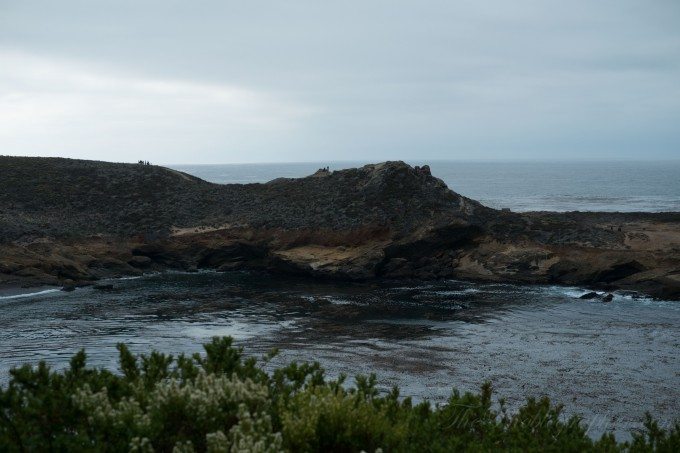
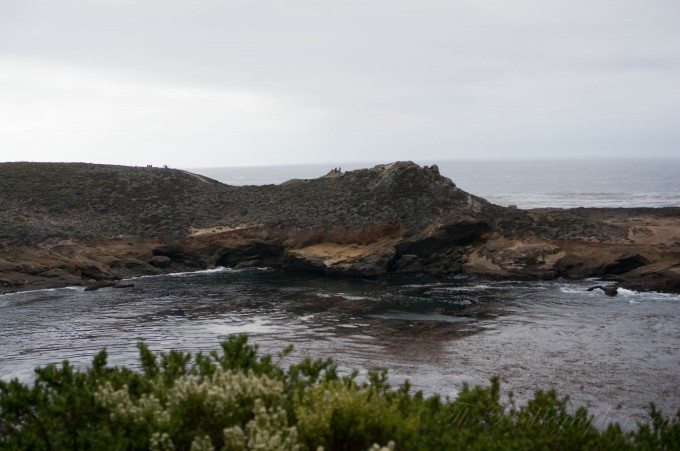
Set 2

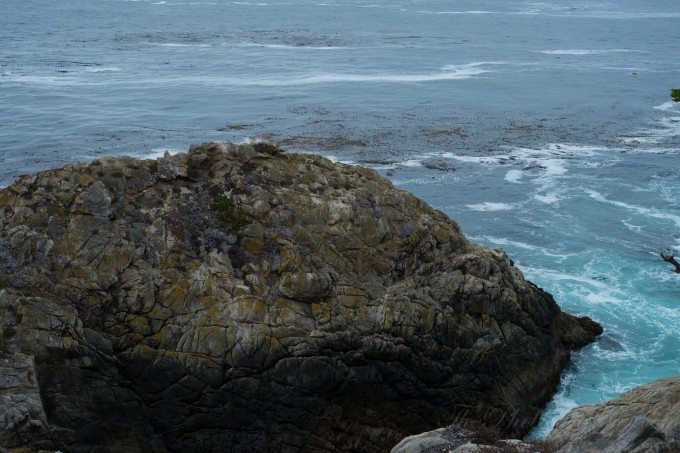
Set 3
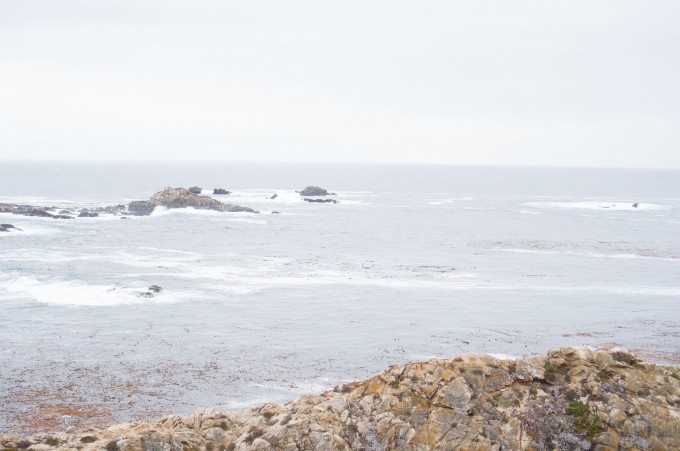
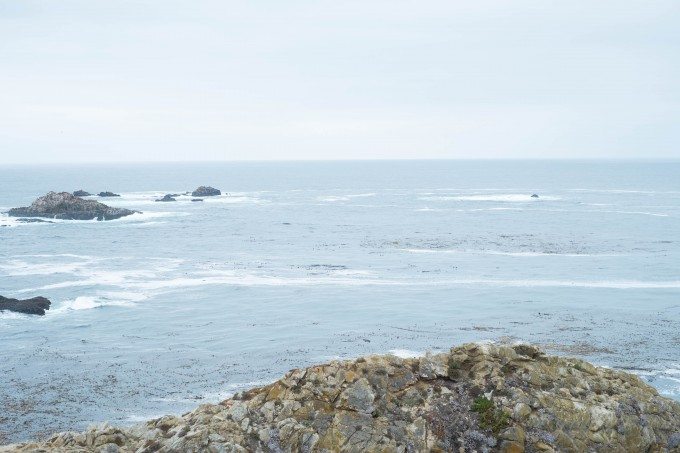
Set 4
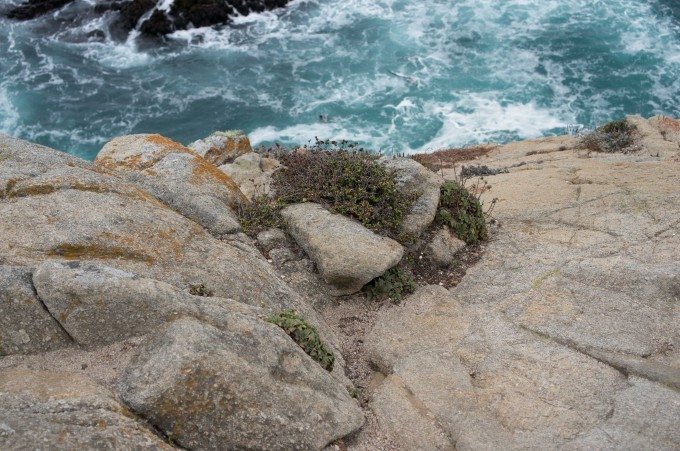
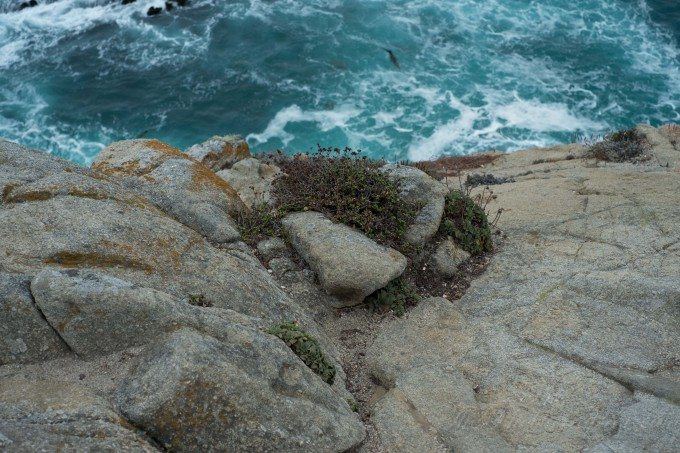
Set 5


Set 6


Conclusions
Editor’s Update: Why did we meter this way and how did we meter? Well, I had a handheld ambient light meter on me and so I held it out to the ocean and metered the scene accordingly. Then I set each camera to the according value and this is how they came out. Hand held light meters often given the most accurate readings and so if there is anything off, it has to do with the company’s own processing algorithms or the way that they set the camera up to meter. One camera that comes to mind with some very wonky metering is the Leica M9. I was trained the old fashioned way with sunny 16, and overall, it helps me to get better images in the post-production stage.
– The X Pro 1’s out of camera colors are more appealing to my eyes. However, both cameras can put out more than versatile enough RAW files.
– These two cameras were compared because the X Pro 1 and the XE-1 (the real competitor to the NEX 6), have the same sensor. In this case, it is sensor + metering vs sensor + metering.
– The X Pro 1 files are sharper in my opinion
– The NEX leans more towards the warmer side of the spectrum while the X Pro 1 leans more towards the cooler side.
– For landscape photography, this means that processing the images in post will require slightly different approaches due to the way the cameras color balance and how they meter. Since Sony captures more detail in the shadows, one should probably shoot a couple of extra photos overexposed if they intend on merging the files together. It is vice versa with the X Pro 1. But to be very honest, the files from each camera are so versatile that you can actually perhaps shoot three images (one balanced, one over and one under exposed) and still retain more than enough detail to work with.
Please Support The Phoblographer
We love to bring you guys the latest and greatest news and gear related stuff. However, we can’t keep doing that unless we have your continued support. If you would like to purchase any of the items mentioned, please do so by clicking our links first and then purchasing the items as we then get a small portion of the sale to help run the website.


